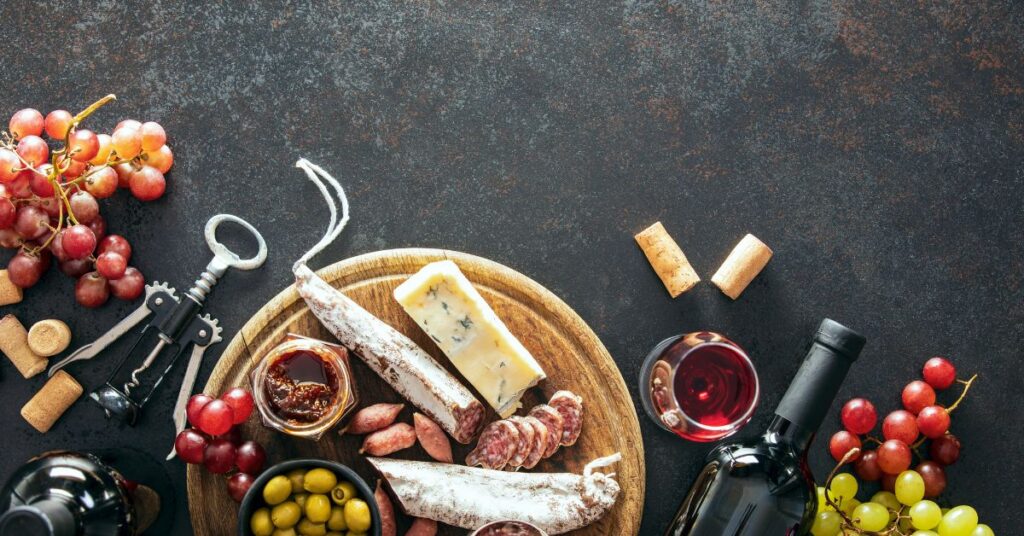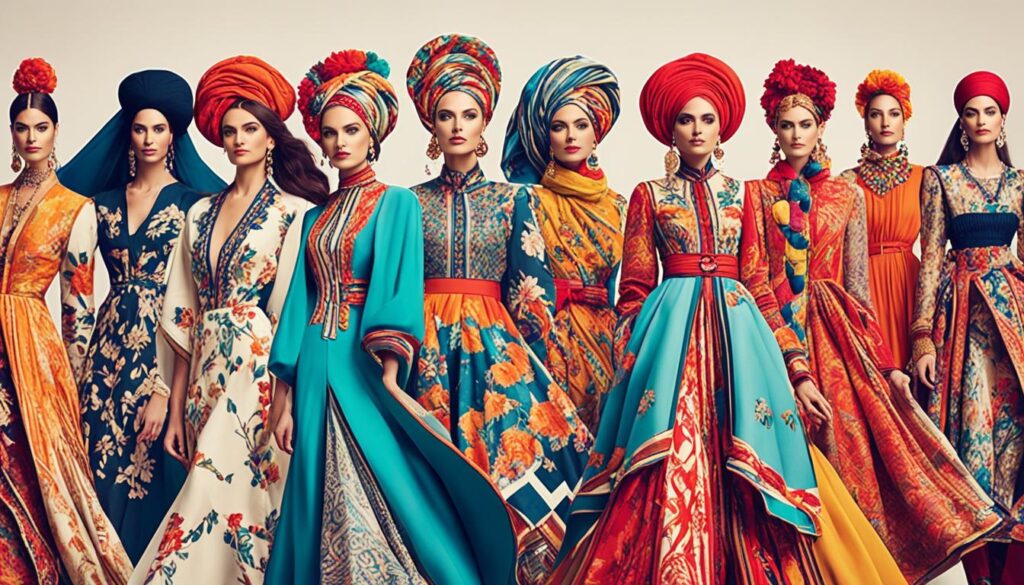Are you ready to elevate your dining experience to a whole new level? It’s time to explore the art of pairing wine with food. Whether you’re planning a romantic dinner, a casual get-together, or a special celebration, the perfect wine and food pairings can make all the difference. In this comprehensive guide, we’ll take you on a journey through 25 delectable combinations that will impress your taste buds and your guests. So, let’s dive into the world of gastronomic delights and discover the secrets of pairing wine and food for every occasion.
Wine and food have a magical synergy that can transform a meal into a memorable experience. The key is to find the right balance between the flavors and characteristics of both the wine and the dish. It’s not about strict rules but rather a delightful exploration of tastes and textures. Whether you’re a seasoned sommelier or a curious beginner, there’s something for everyone in the world of wine and food pairings.
Let’s start our journey with the fundamentals of pairing.
The Basics of Wine and Food Pairing
Before we delve into specific pairings, it’s essential to understand the basic principles that govern the art of matching wine with food. Here are some key factors to consider:
Balance is Key
The perfect pairing achieves a harmonious balance between the wine and the dish. If one overpowers the other, the dining experience may fall flat. For example, a robust red wine may overwhelm a delicate seafood dish, while a light white wine might get lost when paired with a hearty steak.
Consider the Wine’s Characteristics
Each wine has its own set of characteristics, including acidity, sweetness, tannin levels, and body. Understanding these attributes is crucial for making the right pairing choices.
Regional Pairings
Many classic pairings have emerged from the regions where both the wine and the food originate. For instance, Italian cuisine and Italian wines often complement each other perfectly.
Experimentation is Encouraged
While there are tried-and-true pairings, don’t be afraid to step out of your comfort zone and experiment. Sometimes, the most unexpected combinations can create a delightful surprise for your palate.
Now that we’ve covered the basics, let’s explore some exceptional wine and food pairings for various occasions.
Wine and Food Pairings
Romantic Dinner for Two
Seared Scallops with Chardonnay: The buttery notes of Chardonnay complement the richness of seared scallops, creating a luxurious and romantic experience.
Filet Mignon with Cabernet Sauvignon: A perfectly cooked filet mignon paired with a bold Cabernet Sauvignon sets the stage for an intimate evening.
Casual Weekend Brunch
Eggs Benedict with Sparkling Wine: The effervescence of sparkling wine enhances the creamy hollandaise sauce of Eggs Benedict.
Avocado Toast with Sauvignon Blanc: The crisp acidity of Sauvignon Blanc cuts through the creaminess of avocado, making it a refreshing brunch choice.
Family Barbecue
Barbecue Ribs with Zinfandel: The smoky flavors of barbecue ribs find a delightful companion in the fruitiness of Zinfandel.
Grilled Chicken with Pinot Grigio: A zesty Pinot Grigio pairs beautifully with grilled chicken and a citrus marinade.
Elegant Dinner Party
Lobster Bisque with Champagne: Start your elegant dinner party with a classic pairing of creamy lobster bisque and a glass of Champagne.
Duck à l’Orange with Merlot: The fruity notes of Merlot complement the succulent flavors of duck prepared with an orange glaze.
Spicy Thai Cuisine Night
Pad Thai with Riesling: The slight sweetness of Riesling balances the spiciness of Pad Thai, creating a harmonious contrast.
Green Curry with Gewürztraminer: The aromatic Gewürztraminer enhances the fragrant spices in green curry dishes.
Pizza Night with Friends
Margherita Pizza with Pinot Noir: The bright acidity of Pinot Noir elevates the flavors of a classic Margherita pizza.
BBQ Chicken Pizza with Malbec: The smoky notes of Malbec complement the barbecue sauce on a chicken pizza.
Cheese and Wine Pairing
Brie with Chardonnay: The creamy texture of Brie and the buttery Chardonnay make for a luxurious cheese pairing.
Blue Cheese with Port: The sweetness of Port wine balances the bold and salty flavors of blue cheese.
Dessert Pairings
Chocolate Fondue with Merlot: Dive into a chocolatey delight with Merlot, which enhances the sweetness of chocolate.
Cheesecake with Moscato: The fruity and floral notes of Moscato complement the creaminess of cheesecake.
Exploring the world of wine and food pairings is an exciting and rewarding journey. With these expert tips and a spirit of adventure, you can create memorable dining experiences for every occasion. Remember, there are no strict rules – it’s all about finding what pleases your palate. So, raise your glass to the perfect wine and food pairings, and let your taste buds dance with delight.
Frequently Asked Questions
What are some general guidelines for wine and food pairing?
When pairing wine and food, consider the balance between the wine and the dish, the wine’s characteristics, regional pairings, and don’t hesitate to experiment for unique combinations that suit your taste.
Can I pair red wine with seafood?
While it’s not a strict rule, lighter red wines like Pinot Noir can pair well with seafood, especially when the dish has a rich sauce or preparation.
Should I always choose white wine for chicken dishes?
White wine is a safe choice for chicken, but depending on the preparation (e.g., barbecue chicken), you can also opt for a light red wine like Gamay.
What’s the ideal serving temperature for wine?
The serving temperature varies depending on the type of wine. Generally, red wines are served between 60-68°F (15-20°C), while white wines are served at 49-55°F (9-13°C).
How do I store wine properly?
Wine should be stored in a cool, dark place with a consistent temperature, away from direct sunlight and temperature fluctuations. A wine fridge or cellar is ideal for long-term storage.
What’s the significance of decanting wine?
Decanting wine helps to aerate it, allowing flavors and aromas to develop fully. It’s particularly beneficial for young, bold red wines.
















